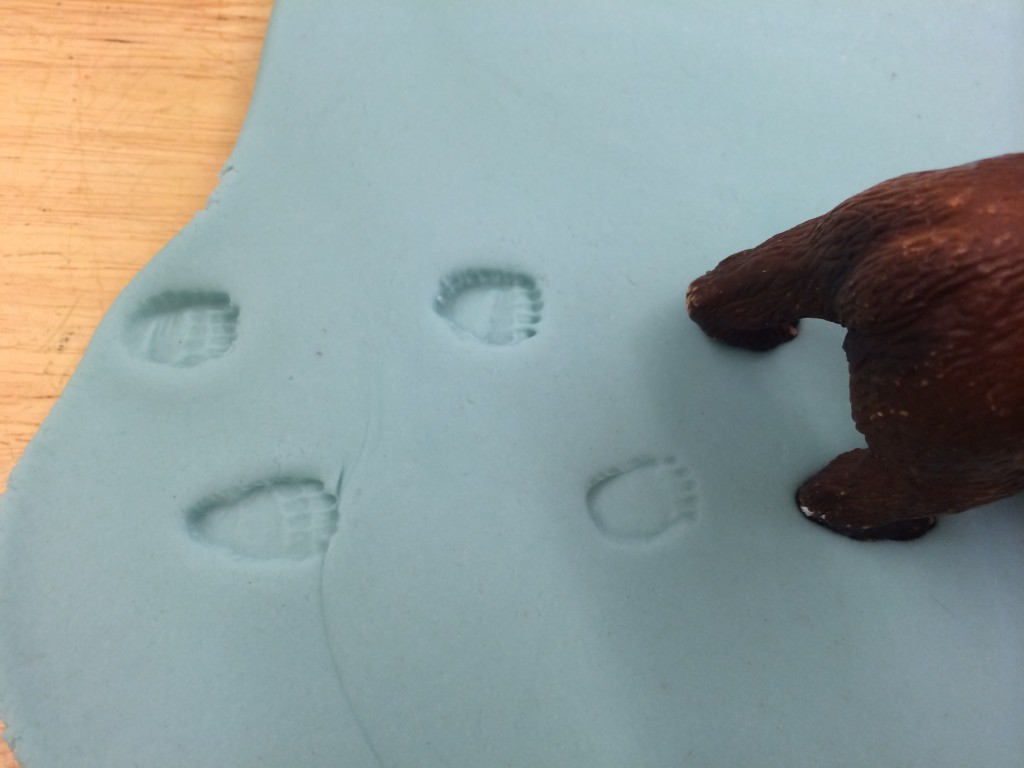
One my favourite parts about being an Early Childhood Educator is setting up the environment with interesting and beautiful invitations to provoke children to engage in different experiences, and learn through their play.
In my third practicum, working at a fabulous Reggio-inspired nursery school in Burnaby, BC (more on my thoughts on Reggio philosophy to come!), I was part of the weekly team meeting of reflecting on the past week and planning for the next. Here, as well as in my studies at Capilano University, I learned a child-led approach to learning, offering an emergent curriculum, and how to set up a space to promote curiosity and rich, meaningful experiences.
When I plan to set up a centre, I take a look at the space as a whole, then plan for parts of the room. For instance, many centres have a home/kitchen area. What materials or different way of setting up this space will offer the children a new experience, or extension of their play? Perhaps the children have been showing an interest in the Three Little Bears story since telling it at circle last week. Setting out 3 bowls, 3 chairs, etc, may encourage the children who are interested in the story to take ownership of the story by acting it out, creating deeper meaning for themselves.
I go through each area of a facility (including plans for the outside space or gym, if available) and try my best to set out open-ended invitations for exploration, while also providing a provocation for children who need some direction to get started on their own creativity.
One of my favourite places to set out an invitation to play is at the playdough table. Playdough, in it’s essence, is full of change. It is flexibility at it’s finest. It can be carefully molded or mindlessly rolled and mushed. It can be made smooth or rough, can be teeny tiny or a big, massive blob. It can be flat, or 3-dimensional. It can have different smells, colours, and consistencies. It can be used to give active bodies an outlet for restless muscles in small spaces. It’s a great way to use their hands and build on fine motor skills. It provides so many opportunities for open-ended play – it can so easily become anything.
Here are a few different ideas I came up with recently to set up invitations with. Now, usually I will try to offer activities as extensions of the interests the children show, but as a sub at a drop-in family centre I don’t always know what the underlying thread of interests has been. In these cases, I try to get a feel for the past by looking for clues in the room, or find something that I’m interested in to offer. Interest sparks interest. If you show excitement over the experience, chances are the children will be enthusiastic themselves.
This set-up was one such example of not having an understanding of what the children had been experiencing and interested in. Instead, I began rolling balls and snakes as I sometimes will as a way of portioning the play-dough in an interesting way. Then I found some smooth glass beads that immediately caught my eye in the materials closet, and added them to the table and the dough.
This particular invitation was set up in response to the way I saw the children using different tools and patterns to make marks on the playdough. Making impressions can be a fascinating experience with playdough, testing out the different textures and shapes to see what kind of impressions they’ll make. This diverse collection of rolling pins made for an intriguing invitation to try making impressions with the pins, and encouraged little minds to wonder what interesting designs other objects might be able to make.
The day following the rolling pin set up, I wanted to continue provoking thoughts of impression making. As I had noticed that the small toy animals I had set up in the “mossy forest” discovery area the previous day kept making their way into the play-dough, I took a cue from the children. What better way to investigate impressions than with animal tracks!
The really cool thing about a lot of these small plastic animals that often goes unnoticed is that they often have detailed paws or hooves, which make for excellent track-making capabilities.

I hope you can make use of these playdough activities with your own early learners.
Have you been experimenting with interesting ways of inviting your early learners to explore with play-dough? Please share your ideas in the comments below, and feel free to connect with me on social media: Facebook, Twitter, Instagram, Pinterest, YouTube, and Periscope.
One thought on “3 Creative Set-Ups for Preschool Playdough Activities”
Pingback: 6 really creative play dough ideas | Maxabella Loves